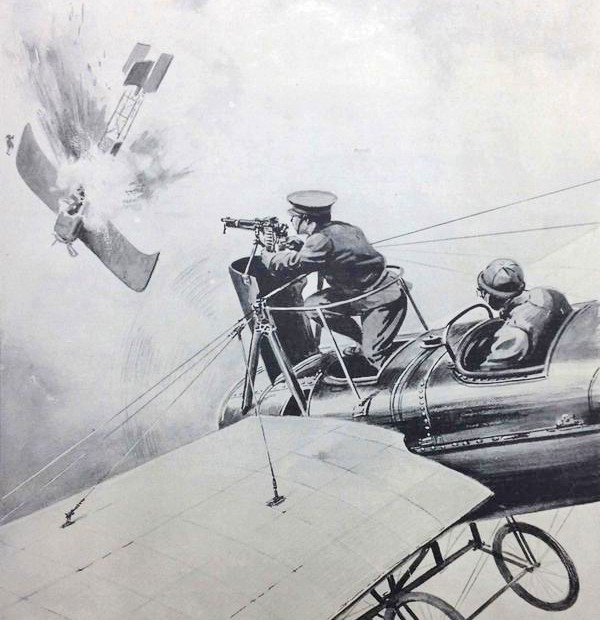
Image supplied by Century Ireland.
1913 was a landmark year. Indeed, it marked the first major year of what has been referred to as Ireland’s Decade of Centenaries. As well as the anniversary of the Lock Out, there was the centenary of the commencement of the First World War and, looming in the near future, the hundred year anniversary of the flashpoint event that defined so much of the century for Ireland: the 1916 Rising. It was the imminence of this decade of anniversaries that led to the establishment of the Century Ireland project.
Century Ireland is a fortnightly historical newspaper published online that shows the news of the day from one hundred years ago. The stories are sourced from two large archives of newspapers and periodicals provided by Boston College Ireland. The production team are Boston College employees and the financing is provided by the Department of Art, Heritage and the Gaeltacht.
NewsFour spoke with Ben Shorten, from Research and Production. Ben joined us for a sit-down over coffee, fresh from editing some of the video material the site also hosts.
“As I understand it, it was initially to be a 1916 project that then broadened out. I think this Decade of Centenaries framework is what inspired it to expand.” He explained that, aside from the actual newspapers, the team have been developing their social media strategy to engage the public more.
“One of our directors, during the centenary of the Lock Out, did a kind of real-time blog of the events on Twitter, as though it were breaking news. That’s what we’re going for with the whole project, really. Capturing the immediacy.”
Although the Lock Out is liable to be the most prominent of the major anniversaries in the popular imagination, the researchers began with events dating from 1912, specifically the Ulster Solemn League and Covenant, which was drafted and signed in protest to the proposal of the Third Home Rule Bill (this was eventually ratified as the Government of Ireland Act 1914).
Ben explains that Home Rule is one of the overarching issues of the period and persists throughout the publications within the Boston College archives. Another urgent topic of the time was the Suffragette Movement. “In 1913, the offices of the Suffragette newspaper were raided by police. There is a period where wherever you see the word ‘militant’, it would be in reference to the suffragettes. Later, that word is used in a positive light, to describe men who are fighting for the Republic. We haven’t got to that period yet with the paper.”
At the time of our interview with Ben, the researchers are running comfortably ahead of themselves, culling articles and images from publications dated to late 1915. When asked about Dublin 4 news, he recommends we keep an eye on any society news in Century Ireland, as Donnybrook will get some mentions.
Speaking of his own engagement with some of the material, he mentions finding an editorial from September 8th 1916 – ‘We are delighted to publish a new poem by Mr WB Yeats’. “I got goosebumps at that one. It was the first publication of September 1913, which I knew so well from school.”
As we finish, an interesting insight into a Dublin that might have been is mentioned. It involves a plan by Hugh Lane (of the gallery) to donate his entire collection of Impressionist paintings to the city on the grounds that a new gallery be built to house them. “The plan for the gallery was very ambitious, it would have sort of straddled the Liffey.” The plan was debated at length in the media. It was opposed by William Martin Murphy, “who was of course the baddie of the Lock Out, but at the time was regarded as a benefactor and good influence on the city.”
See www.rte.ie/centuryireland for issues old and new.
By Rúairí Conneely

